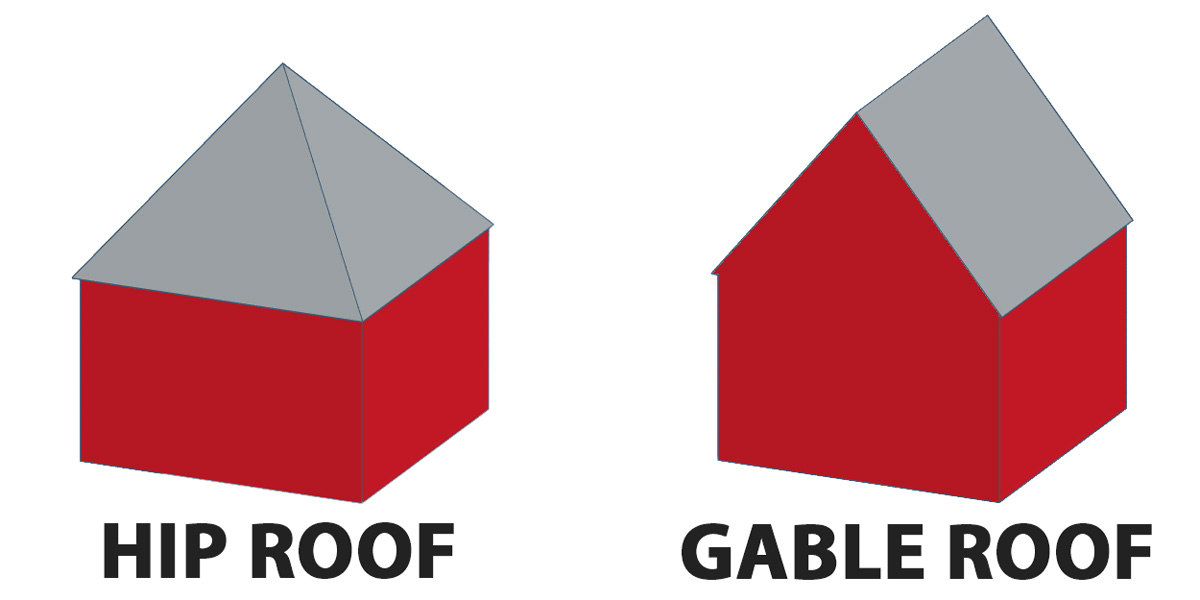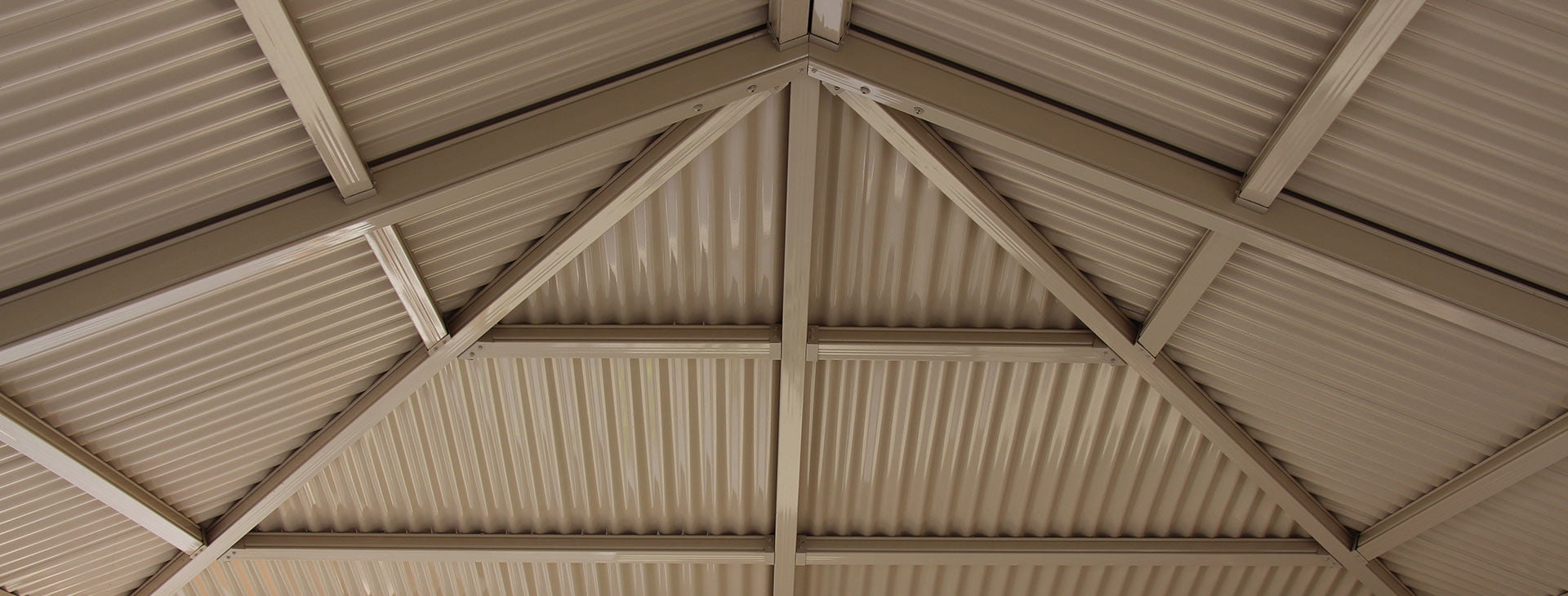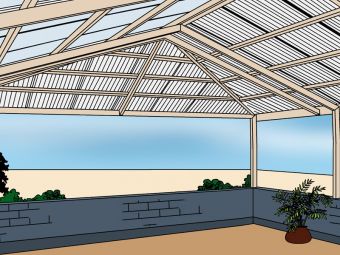A hip rafter rises from the corner of a building at a 45 degree angle and if the carpenters used the same hap on that rafter as he did the commons the corner of the rafter would rise up above the plane of the roof causing a hump.
Why would a hip need to be dropped in roofing.
If the roof slopes are less than 35 degrees from horizontal the roof will be subject to uplift.
When installing anything on a roof you need to follow the water rule the water rule means you consider where water will run when it s on the roof.
The reason why drip edge should be installed below the underlayment along the eaves of the roof is so that water does not get under the drip edge.
Gabled roofs are liable to catching the wind leading to extensive damage.
Moreover the sloping sides of the roof mean there is no flat surface to catch the wind which can cause issues for gabled roofs for example.
Once you get the hang of installing roofing felt over the hips it s not much more involved than installing the felt on a gable roof.
Hip roofs are some of the most popular in the united states because of their clean modern design lines and incredible durability.
The sides are all equal length and come together at the top to form a ridge.
Firstly the self bracing nature of a hip roof means there is little need for extra support.
The hip is the area where one section of the roof meets another.
To stop this the carpenters can either drop the rafter by the proper amount which is why they call it dropping the hip or chamfer the edges to match the incline of the hip.














































